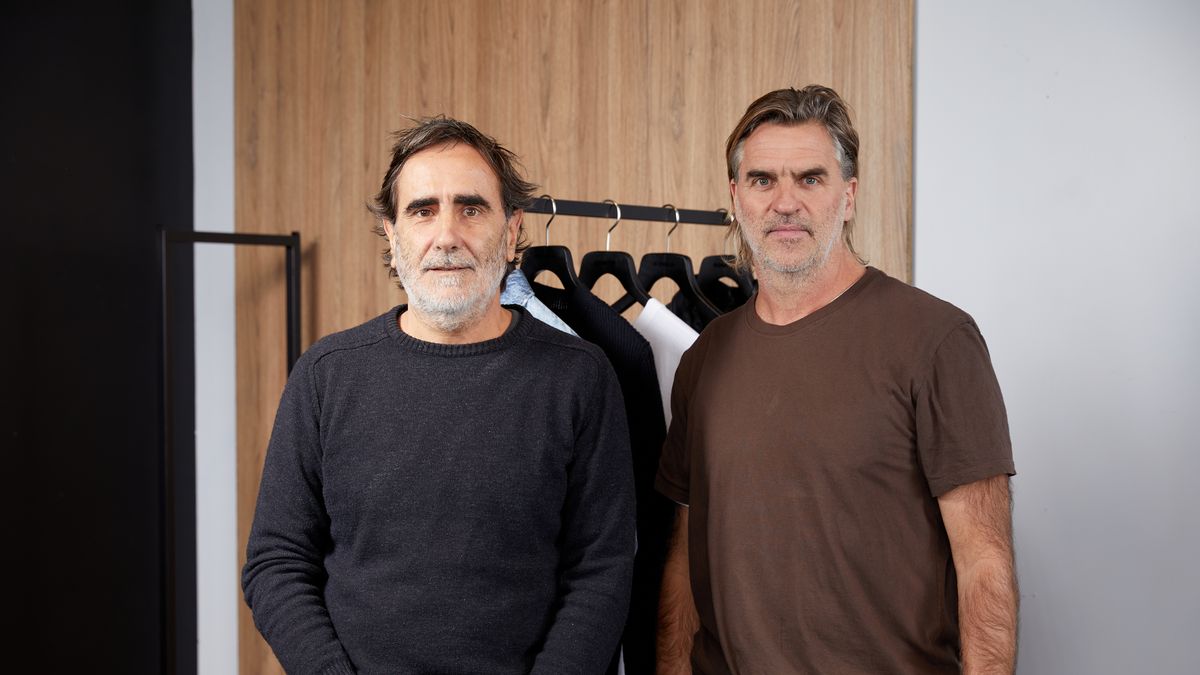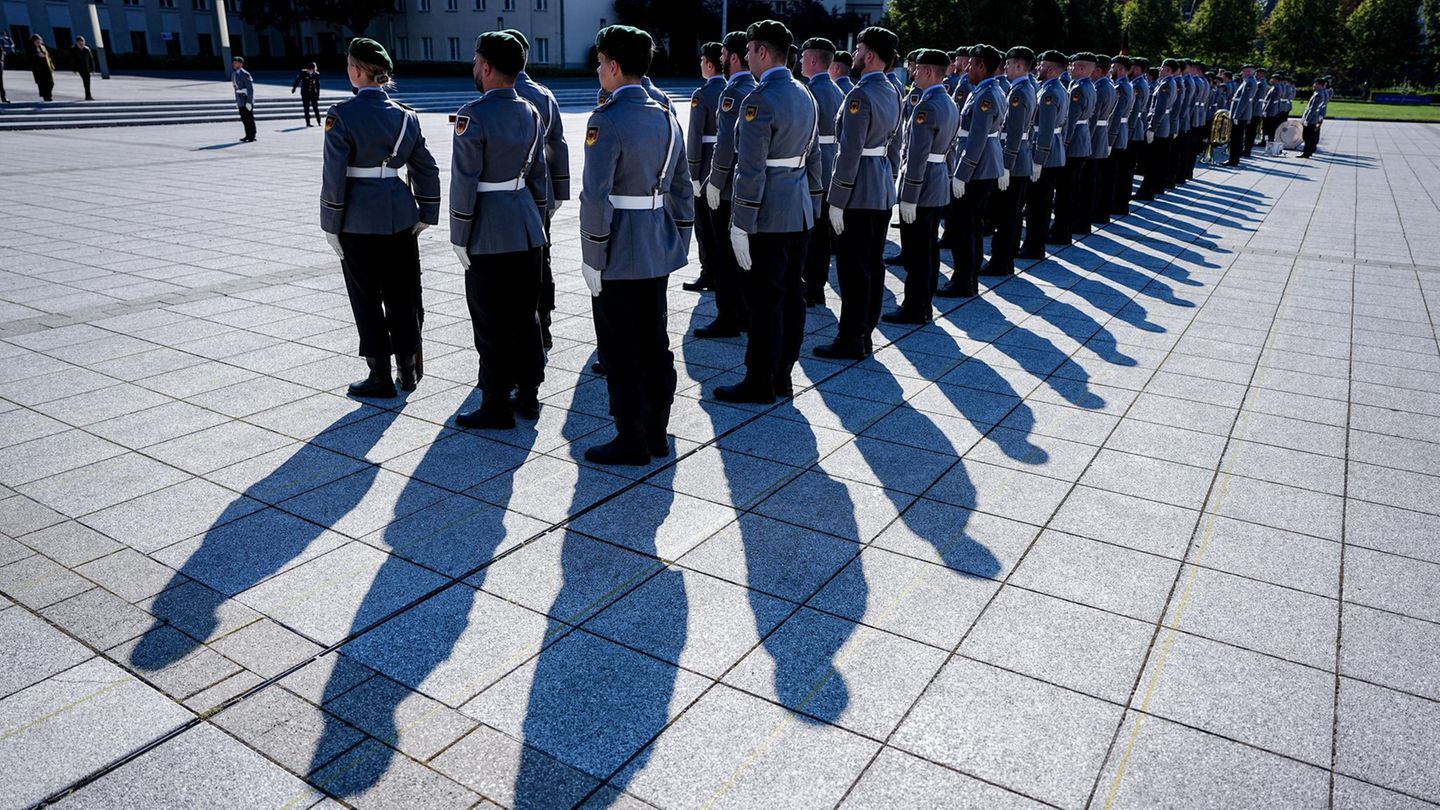“With the pandemic we decided that we should improve e-commerce and we decided to invest heavily in the digital platform,” Chirou explained at a press conference, in which he commented that so far this year they have grown by 40% and expect that the next will follow the same trend.
Today Bowen has 95% of his collection with Argentine industry. Its turnover, according to Chirou, will double this 2022, projecting a total of $2,000 million. While production and sales are reaching pre-pandemic levels, with one caveat: 2018 and 2019 were not good years. The estimate is that the activity will exceed its performance in those periods for the second half of the year.
To explain this, the textile entrepreneur points out that there are factors that explain why an activity such as clothing shows optimistic signs. It is based on a contained demand, which was postponed during the pandemic and is now showing more vigor. And also “weights burn”, as he said. is that with inflation high, with no savings options and low amounts to invest, consumers turn to spending.
In addition to the $100 million investment announced, Bowen plans to expand the brand in the region. The main targets are Uruguay and Paraguay.
challenges
The sector is going through some problems. The clearest is inflation, which, as in the rest of the economy, has an impact on costs and the price of products. “When the price is high, the market shrinks,” Chirou said. In the case of Bowen, the average price of his garments -with values below and above- is between $12,000 and $13,000. The brand’s average ticket is $25,000.
“Inflation is a problem that concerns us strongly”, insisted the executive and recalled that price increases in the sector “are in the order of what INDEC says, 65 or 70% year-on-year.” That is above the general rate. The factor with the greatest impact is the increase in costs.
Chirou added: “There is a strong increase in commodities. When prices rise there are things we cannot solve.” For example, the price of cotton rose by 80%. Among the strategies to keep prices at levels that do not affect the business, Bowen will launch discounted prices on some products. “We could operate with falling prices narrowing the profit margin,” he explained.
On the other hand, he considered that the textile industry is going through the lack of qualified workers as a great challenge. “There is a labor shortage because it is a trade that has been lost,” he said. There, according to the executive, the bottlenecks are generated.
Source: Ambito
David William is a talented author who has made a name for himself in the world of writing. He is a professional author who writes on a wide range of topics, from general interest to opinion news. David is currently working as a writer at 24 hours worlds where he brings his unique perspective and in-depth research to his articles, making them both informative and engaging.




